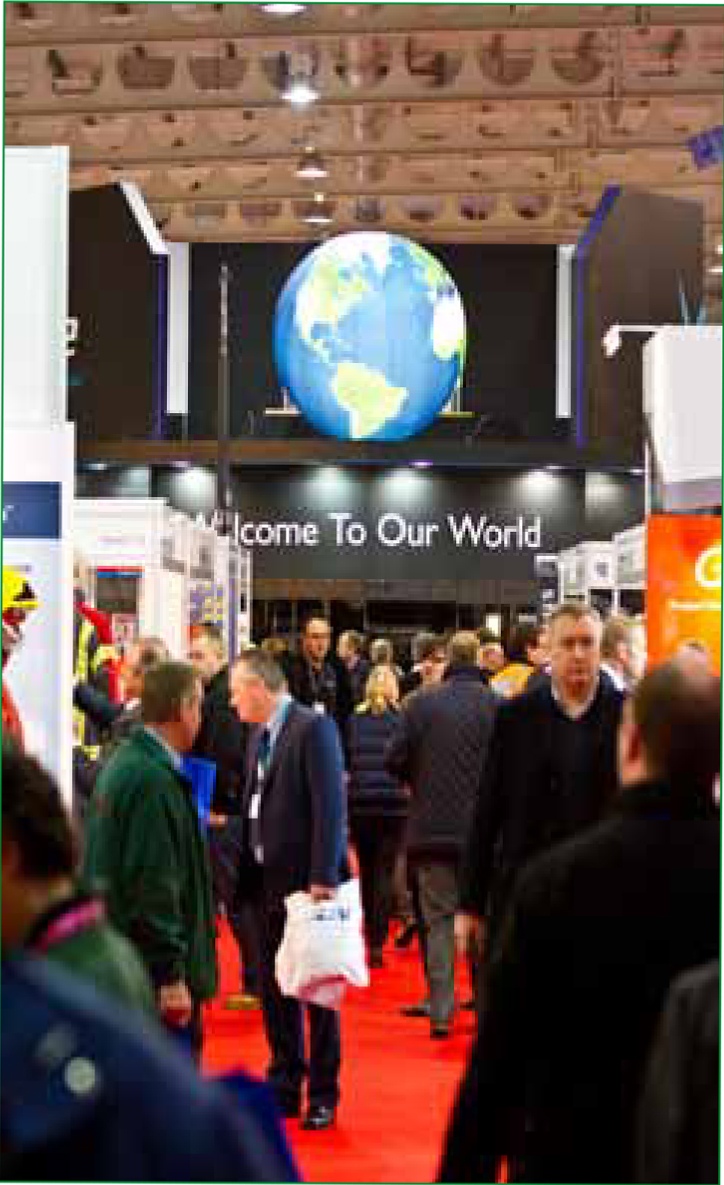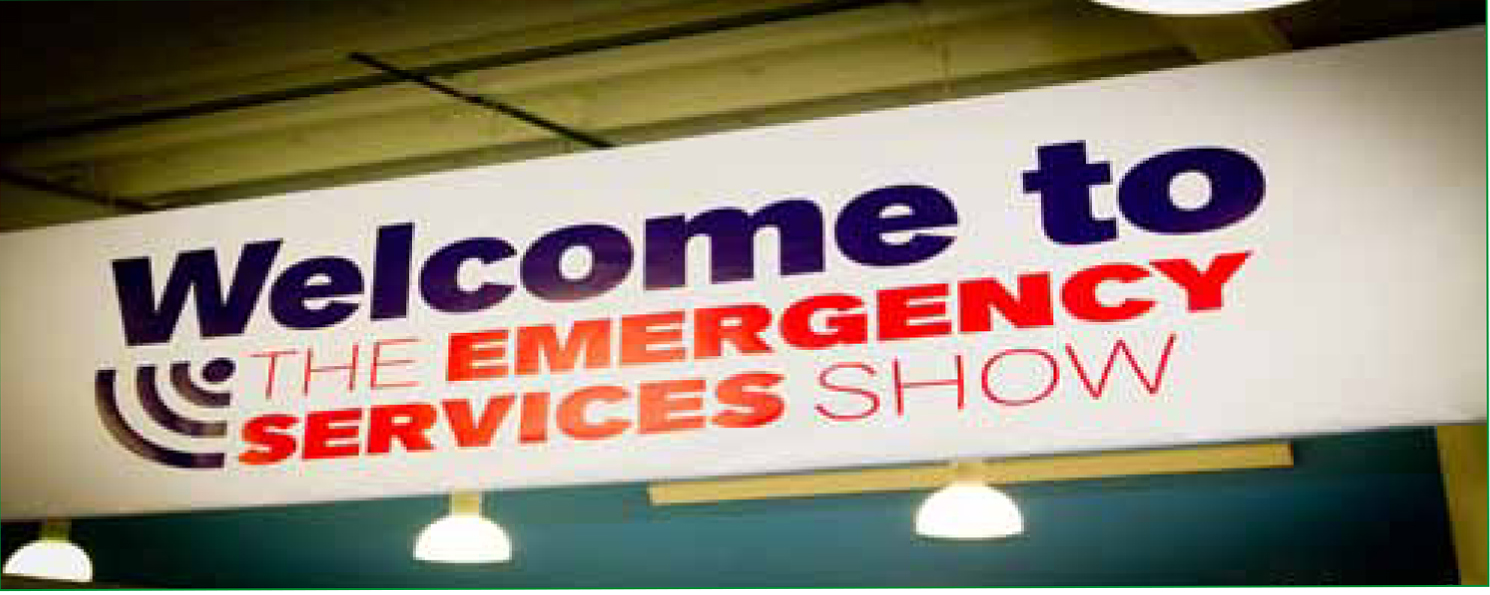
The 2012 Emergency Services Show took place at Stoneleigh Park, Coventry on the 21 and 22 November 2012, accommodating the entire spectrum of emergency responders in the UK and several other countries across the globe.
Indeed, the show proved so diverse that the connections exhibitors and attendees hoped to establish or concrete were rarely those they expected or walked away with.
Exhibitors were also there in abundance, bringing with them equipment and services from over 400 specialist suppliers, several of whom had travelled countries or even continents to attend, meaning the show had a genuinely international feel. Attendees draw upon this pool of experience and minds were changed as attendees and exhibitors alike were keen to share, enhance and challenge each other's perspective.
New developments
One of the most notable aspects of the show was the huge array of products and services available, in particular those exhibitors bringing new technology, or pre-existing technology which has now become affordable for the majority rather than the few. Seemingly the complete range of products and gadgets now available to the emergency services were on display, from high protection anti-riot vehicles on display in Hall 1, air reconnaissance pilotless drones in Hall 3 and the hyper-real manikin and faux-trauma dummies in Hall 2. Affordable infrared and heat detection technology, high-tech protective clothing and ultra-realistic training manikins are some examples of products, traditionally only available on a mass scale to institutions such as the military, but now obtainable for fire and rescue, first responder and police institutions and trusts.
All together now
The emphasis of multidisciplinary action response also seems to be high on the international emergency services’ agenda.
Whether this is a result of the many unfortunate man-made and natural disasters reported in the media over the past decade, or if the effectiveness of a multifaceted response is only being realised is unsure, but the diversity and multifaceted uses of many of the products and training courses available at the show certainly demonstrated a more polygonal future for entire emergency services sector.
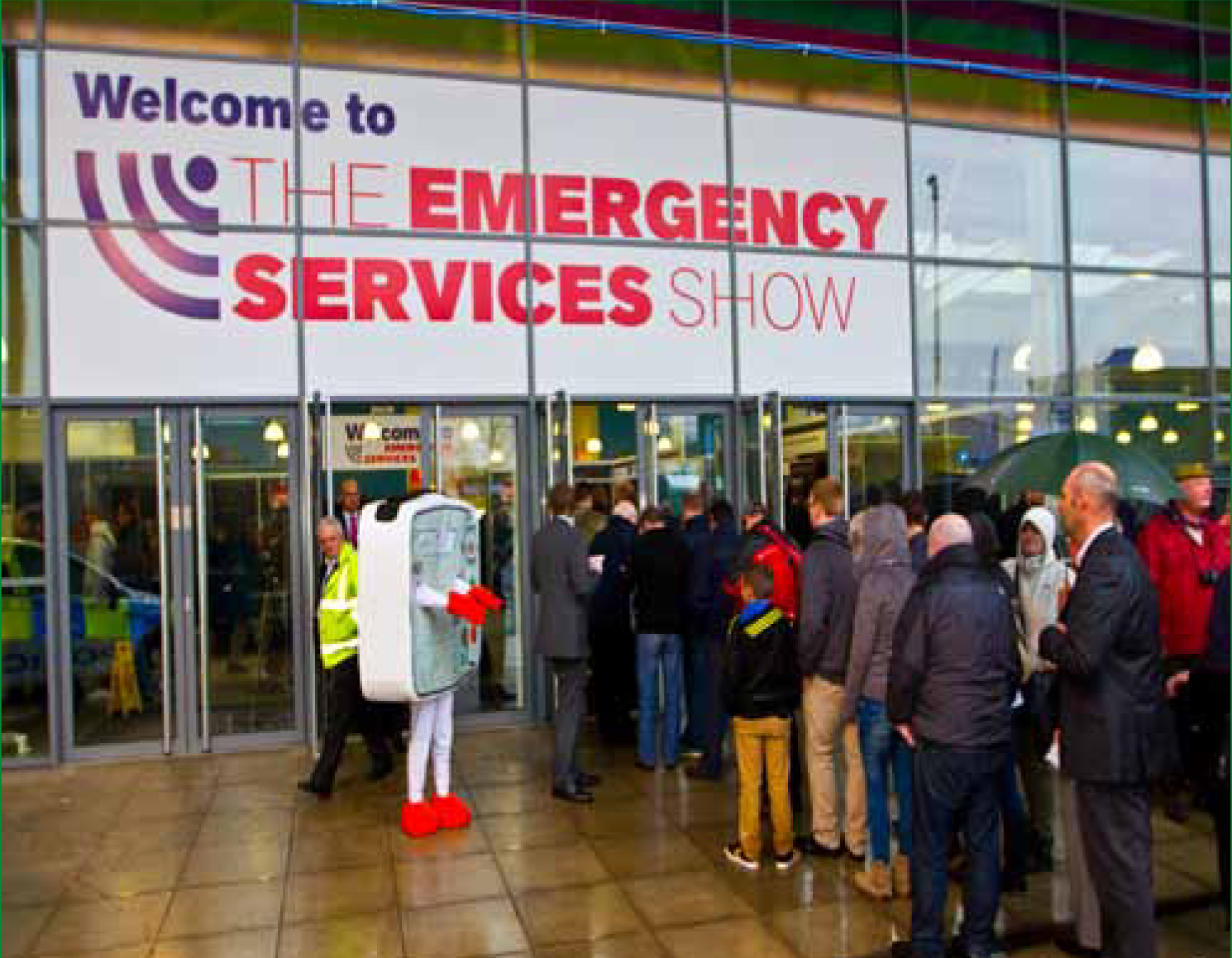
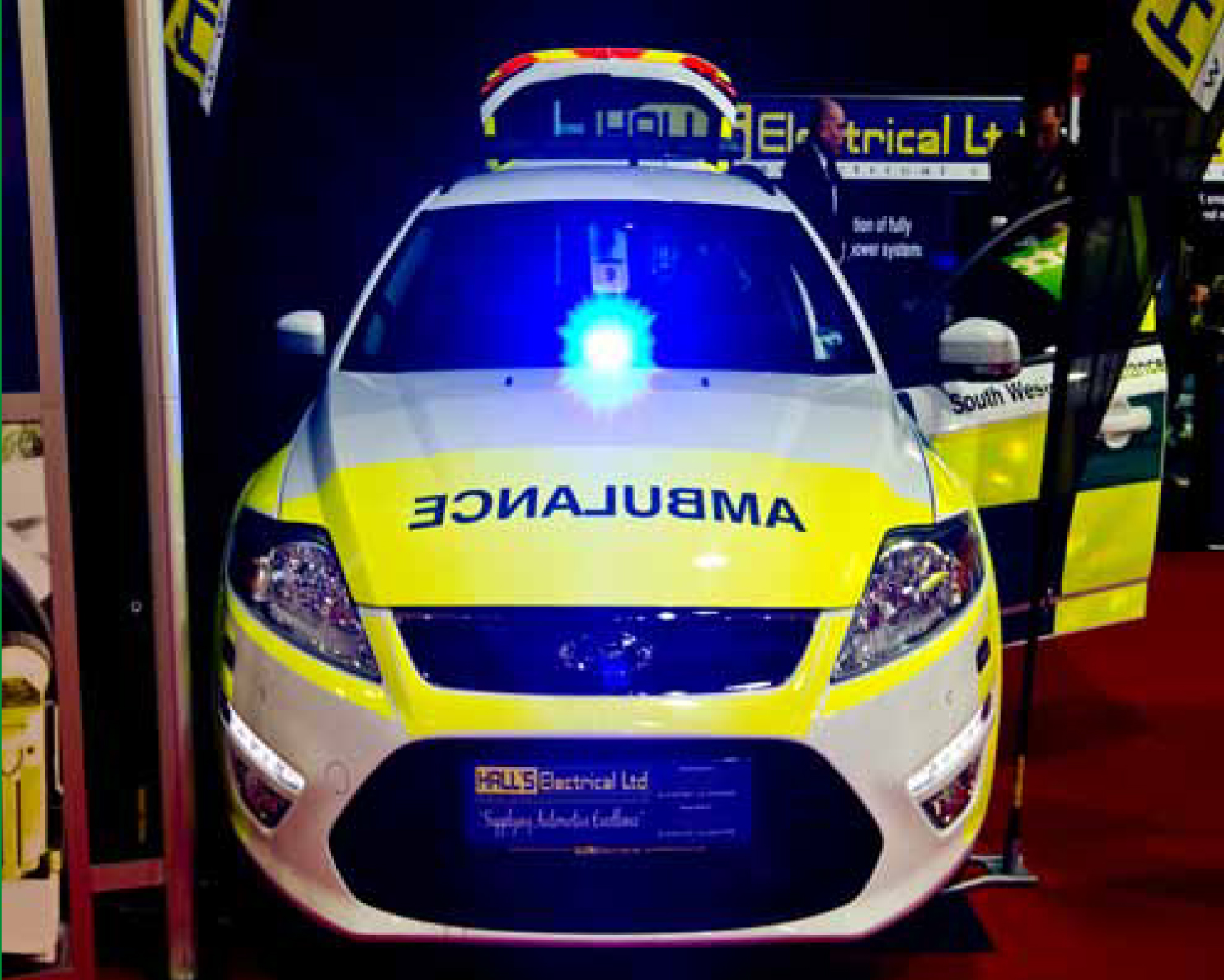
Perhaps the most impressive and startling innovations were the many manikins now available for employment to improve or hone paramedic practice. The dozens of models on display featured several bodily responses such as visible signs of hypoxia (where the ‘patient's’ skin colour and fingertips turn steadily blue), symptoms of shock and seizure (displayed by the manikins internal motor) as well as an array of respiratory, cardiac and vascular complications, each of which were realistically demonstrated by the chameleon-like dummies.
What was most complimentary of paramedic practice were that these symptoms could be recorded by higher-end models to allow the user to set the exact symptoms of the patient at exact times and coincide them with each other. The computer programme would then assess the paramedic's level of competency, and, as almost every mid to high-end manikin was fully computer integrated, this allowed the paramedic ‘treating’ them to perfect a simple procedure or push their skills to the limit with an especially challenging medley of symptoms.
Such dolls introduce a level of complexity and realism previously unavailable to training paramedics, and such devices will undoubtedly improve the level of paramedic practice when fully integrated into training, as not only does the kinesthetic and hands-on reality of administering patient care in training increase, but so too does the accuracy and means of testing these abilities in the pre-practice stage.
Educating the layman
There was also a noticeable element of pre-hospital care becoming aware of the importance of the layman and the bystander in improving patient outcome and reducing fatalities.
Community Heartbeat, a charity established to try and install a community Public Access Defibrillators (PADs) in as many locations across the UK as possible, emphasised the invaluable proximity of having a defibrillator available in instances of cardiac arrest. The charity is focusing on installing defibrillators in areas where trusts may not be able to send an ambulance crew to a location within the required time-frame, or, in rural areas where ambulance crews may not be able to arrive on scene in time.
Similarly, the SADS UK stand was looking to increase layman awareness of CPR and the few, basic skills that can prove invaluable when keeping a patient alive following myocardial infarction, particularly for those who suffer from such an occurrence while quite young where a little bit of knowledge could buy them decades of additional life.
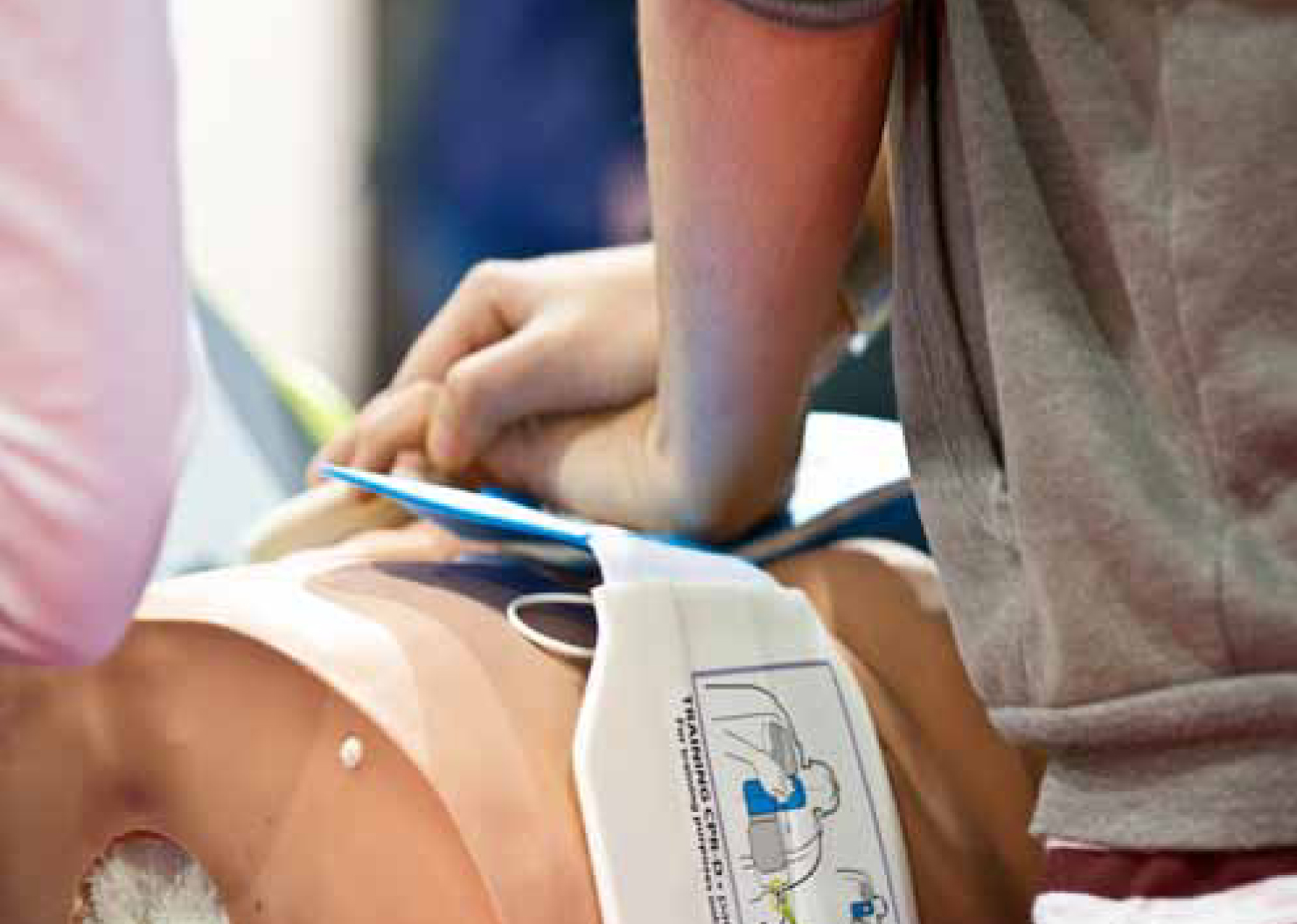
College workshops
As always, the College of Paramedics was very much in attendance. With stands, banner, talks and workshops in great abundance, the College ensured that the paramedic profession was granted the coverage and attention it deserved as part of the larger emergency services spectrum.
‘…manufacturers are certainly trying their best to get as close as they can to the human patient, and, in some cases, getting very close indeed.’
In a lecture delivered by Andy Newton, Chairman of the College of Paramedics and Dr Jonathan Smart, European Portfolio Director for Laerdal Medical, the role of simulation in the education of paramedics and paramedic practice was addressed.
The lecture, titled Use of simulation for pre-hospital healthcare education– helping to spread the word in Europe began with the introduction of the first manikin, Resusci Anne in the early sixties, who has helped educate over a third of a billion people learn proper resuscitation technique, through the late 1990’s and the introduction of “affordable, portable and versatile human patient simulators”.
The lecture also emphasised the difficult means of integrating training into active practice and the lack of opportunities for paramedics to properly reflect on manikin-based, CPR education, and though there will never be a perfect replacement for the real-life patient, nor the pressure and stress of administering CPR on-scene for paramedics and first aiders, manufacturers are certainly trying their best to get as close as they can to the human patient, and, in some cases, getting very close indeed.
Blown away
Unfortunately, the show was ended somewhat prematurely when the high winds that had been battering the large marquees throughout the show caused some of the roofing to jostle itself free. And, as exhibitors and attendees alike politely rushed for the exit there was a certain confidence in my mind that, if the structure did indeed collapse, there were plenty of trained hands available to deal with the aftermath.
